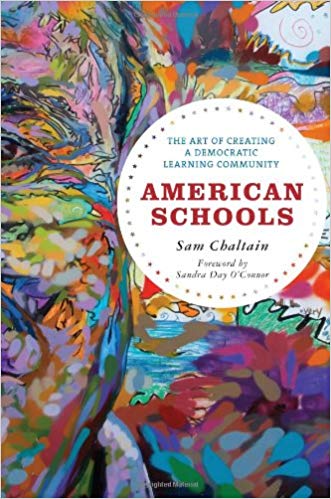It’s time to let the wholeness of the child engage with the wholeness of the world.
WHAT IS
AND HOW DOES IT WORK?
To the extent that we narrow the purpose of schooling to what can be measured, we fail to
engage those sides of children that must be developed in order for them to pull learning
from life. We also increase the likelihood that
they will be bored, question the value of school,
and in some cases even drop out.
Instead of starting with the questions “How do we prepare kids to compete in the 21st century
global marketplace?” or “What will insure that graduates all have command of basic skills?”,
suppose we start by asking what qualities we want to encourage in children as they grow toward
adulthood.
Putney Central School
Putney, Vermont
A beautiful rural school with forest classrooms in Putney, Vermont
Aldo Leopold Charter School
Silver City, NM
This middle and high school provides a model for how outdoor education can energize everything that happens there. Through place-based learning, student agency, awareness of ecological and social justice issues, students at ALCS engage all their faculties to prepare for the responsibilities that lie ahead.
OUR
RESOURCES
Educate the Whole Child expects to offer a graduate level 12-credit certificate–Teaching the Whole Child. It will consist of four online courses that may be taken as a series or independently. See details here.

Catching Up or Leading the Way
For a broad look at why whole child education is important and how it fits into global developments and America’s ability to compete, see Yong Zhao, Catching Up or Leading the Way, particularly Chapter 7, “What Knowledge Is of Most Worth?”
Learn More
American Schools
An excellent exploration of democratic education is Sam Chaltain’s, American Schools: The Art of Creating a Democratic Learning Community (Lanham, MD: Rowman and Littlefield, 2010).
Learn More